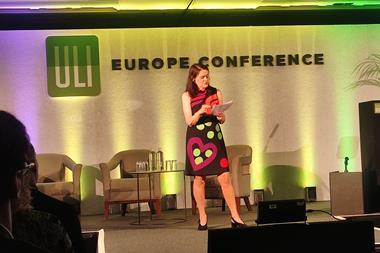Solvency II rules must be changed to remove obstacles to infrastructure investment if the European Union’s plans to foster long-term investment is to be effective, insurers say.
In its response to the European Commission’s (EC) consultation on its proposed InvestEU programme, the European insurance and reinsurance federation Insurance Europe said it was crucial that insurers had a wide range of investment assets available to meet their needs.
In a position paper, the group said: “The insurance industry welcomes the InvestEU Programme, but will only be able to act at its full investment potential if the EC addresses both the scarce availability of suitable assets and the barriers to long-term investment created by Solvency II.”
InvestEU expands the Investment Plan for Europe, launched in 2014 and known as the ‘Juncker Plan’.
Insurance Europe said there was clear potential in the new plan to create new long-term assets that insurers could invest in.
“Equally important is ensuring the prudential rules defined in Solvency II, which play a key role in investment decision making, correctly reflect the risks and economics of the business,” it added.
The way Solvency II is measured creates unnecessary barriers to long-term business and investment, it said.
“While improvements in the treatment of infrastructure investments were very much welcome and had a positive effect on investment, more changes are needed,” the group said.
“Important first steps can be taken in the Solvency II 2018 review and completed in the wider 2020 review,” said Insurance Europe.
The group also warned that lawmakers must ensure that public-sector support did not stop private investment.
It supports the plan’s emphasis on additionality and the need to crowd-in private investment, “as well as the recognition that some projects that received EFSI [European Fund for Strategic Investments] support may have crowded out private investment and this should be avoided in the future.”
The InvestEU programme aims to bring the array of EU financial instruments currently available together under one roof and expand the Juncker Plan.
Under the new plan, the EU will create an InvestEU fund from €15.2bn of EU budget resources and €47.5bn in total guarantees, which it predicts will result in an estimated €650bn of total investment after crowding in public and private investment.












